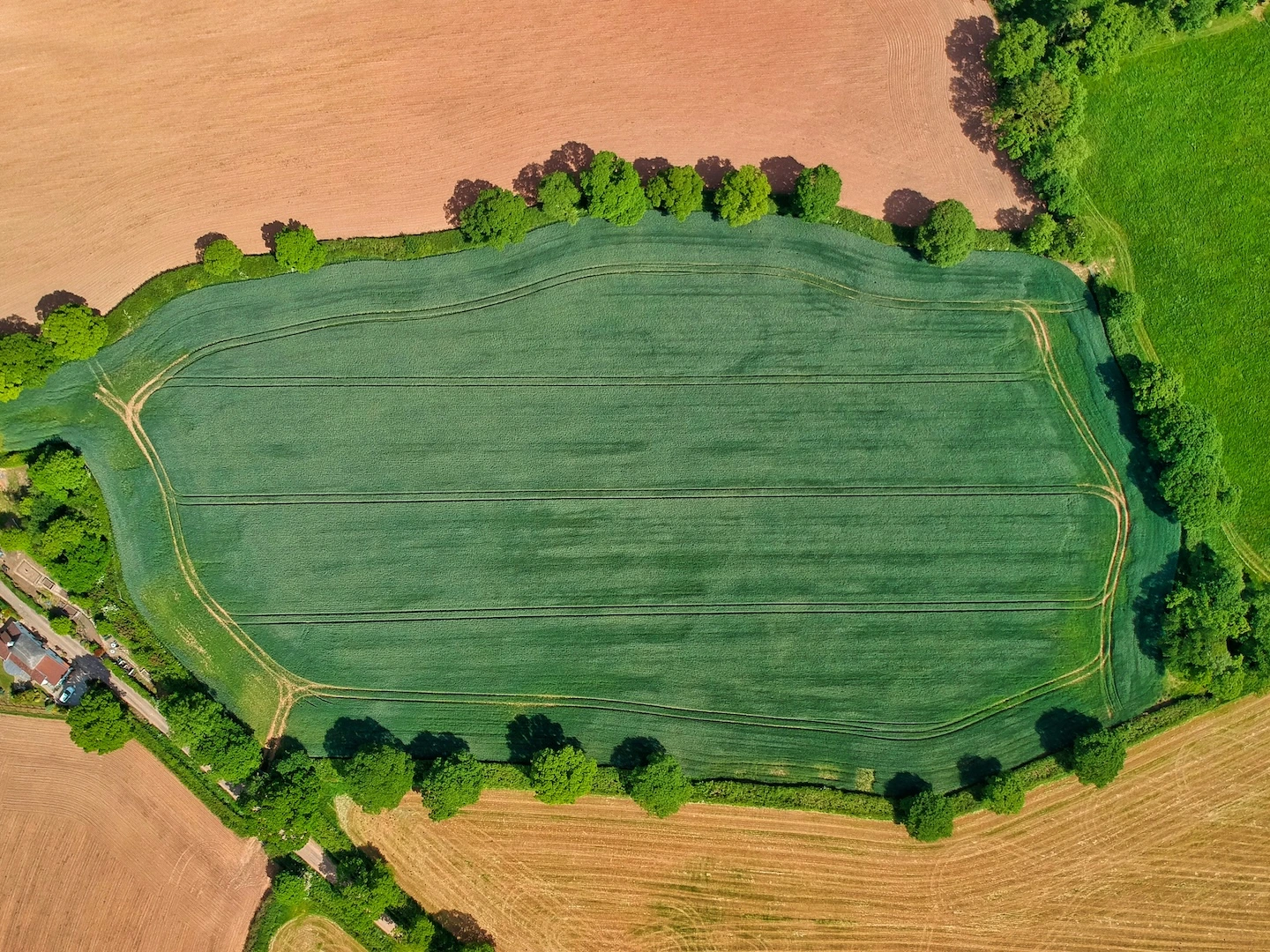£19.06
info Summary
This Countryside Stewardship capital item provides £19.06 per tree for planting standard native hedgerow trees, enhancing biodiversity by offering shelter, food, and nesting sites for wildlife, while also contributing to the landscape. Work must be carried out when hedges are dormant, with specific requirements for planting, staking, protection, and replacement of trees.
format_list_bulleted What to do
- Carry out work when the hedge is dormant (between 30 September and 1 March).
- Plant native species at least 2m tall into gaps or notches in the hedgerow, ensuring irregular spacing with at least 20m between trees.
- Tag each tree with brightly coloured material and drive a clearly visible stake on either side.
- Securely stake and tie each tree using flexible, adjustable material appropriate to its size and species.
- Maintain stakes and ties until the tree is established, then remove them.
- Protect trees from livestock and wild animal damage and control weeds until established.
- Replace any dead trees in the following planting season to ensure at least one living tree in good condition at agreement end.
- Do not plant within 20m of overhead power lines or other services, and do not let tree guards damage the tree or fasten them to the tree itself.
schedule When to do
- Carry out work when the hedge is dormant (between 30 September and 1 March).
checklist How to do and evidence required
You must keep:
- * a map showing the location of existing hedgerow trees in each length of hedgerow and provide it with your application – this can be your Farm Environment Record
- * photographs of the completed work and provide them with your claim
You must also keep and provide on request:
- * any consents or permissions connected with the work
- * receipted invoices or bank statements where a receipted invoice is unavailable
- * the date, location and method of any weed control carried out
- * the dates of planting
- * details of the age, height and species of each tree planted
- * photographs of the location of where each tree will be planted
Read the record keeping and site visit requirements in the Agreement holder’s guide: Capital Grants, Higher Tier capital grants and Protection and Infrastructure grants for more information.
If you’re applying for this item as part of a Countryside Stewardship Higher Tier (CSHT) application, read the record keeping and site visit requirements in the CSHT agreement holder’s guide.
tips_and_updates Additional Advice
- Avoid planting during frost, drought, or in waterlogged ground.
- Use native trees already present in the local area.
- Space trees to allow full crown development without competition and to permit mechanical flail trimming between them.
- Use irregular spacing for a natural landscape, observing local patterns.
- Protect young trees from flailing by hand-trimming 1m either side and tagging them with tape to make them visible to machine operators.
View Official Guidelines
Access detailed information about this action on the RPA website

